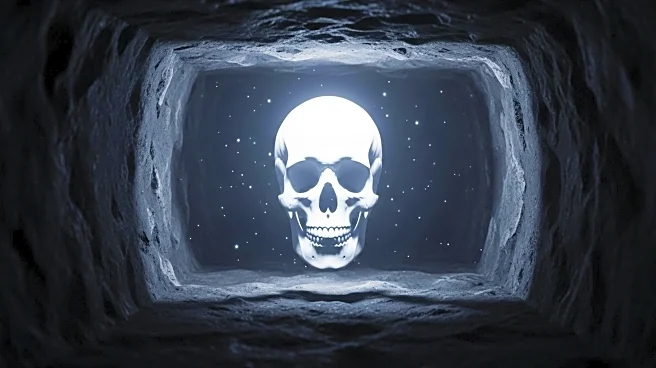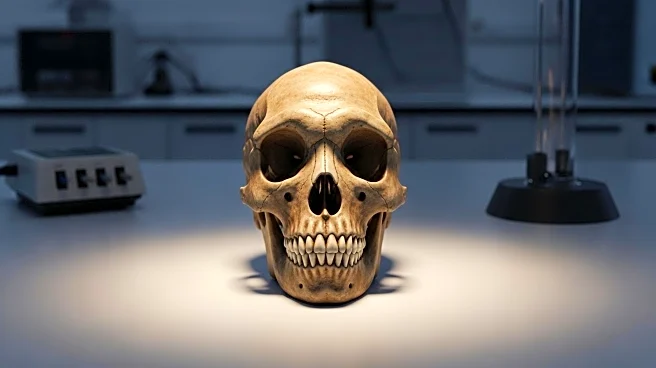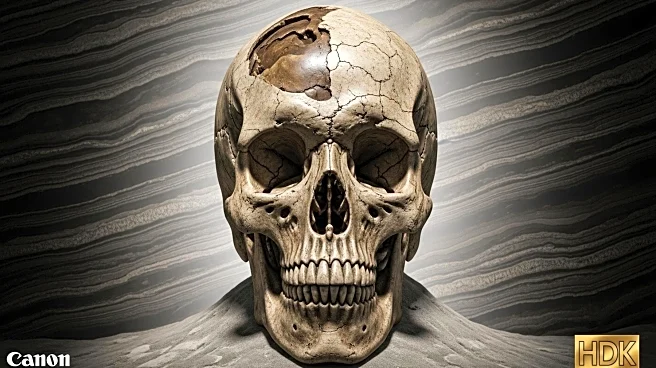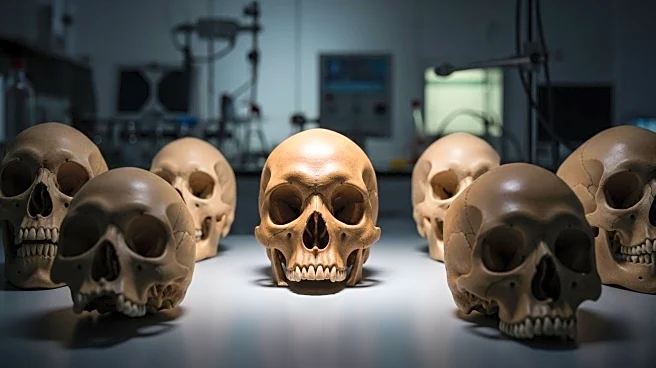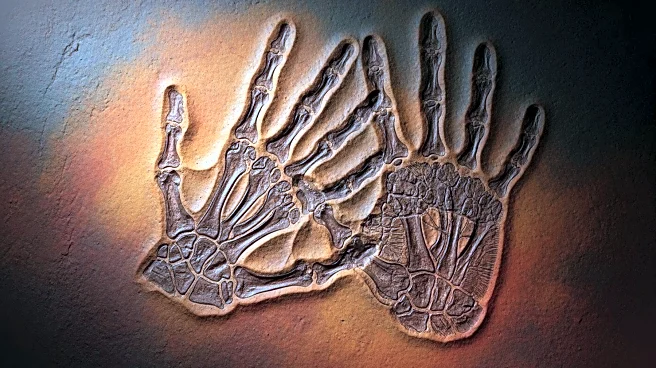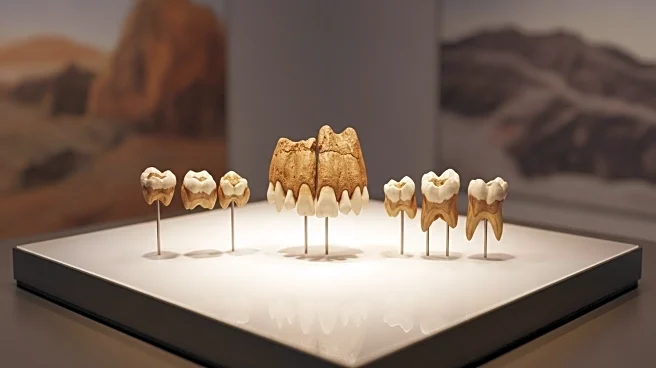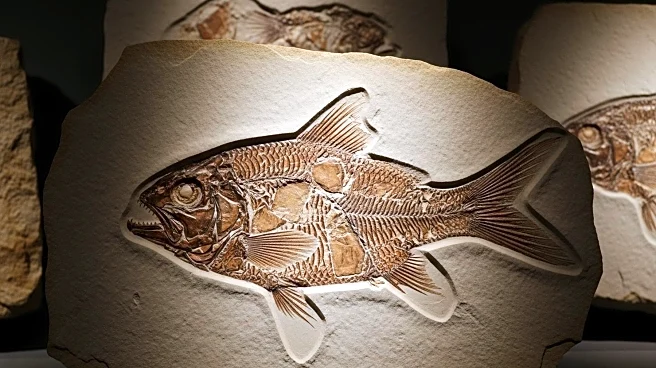Rapid Read • 6 min read
A skull embedded in a cave wall in Greece, known as the Petralona skull, has been dated to at least 277,000 years old, suggesting it may belong to a primitive hominid species. The skull, found in 1960, has been preserved by calcite deposits, allowing for detailed study. Recent uranium-thorium dating of the surrounding minerals supports the theory that the skull is distinct from both Homo sapiens and Neanderthals, potentially belonging to Homo heidelbergensis. This discovery adds to the understanding of human evolution and the diversity of hominid species in the Middle Pleistocene.
AD
The identification of the Petralona skull as a potential Homo heidelbergensis specimen provides valuable insights into human evolution and the coexistence of different hominid species. Understanding the diversity and distribution of ancient human relatives helps clarify the evolutionary pathways that led to modern humans. This research also highlights the importance of advanced dating techniques in resolving long-standing questions about ancient fossils and their place in the human family tree.
Further research will focus on comparing the Petralona skull with other hominid fossils to confirm its classification and explore its evolutionary significance. Continued study of the cave's mineral deposits may provide additional context for the skull's age and the environmental conditions of the time. These efforts will contribute to a more comprehensive understanding of human ancestry and the factors that influenced the development of early hominid species.
AD
More Stories You Might Enjoy
